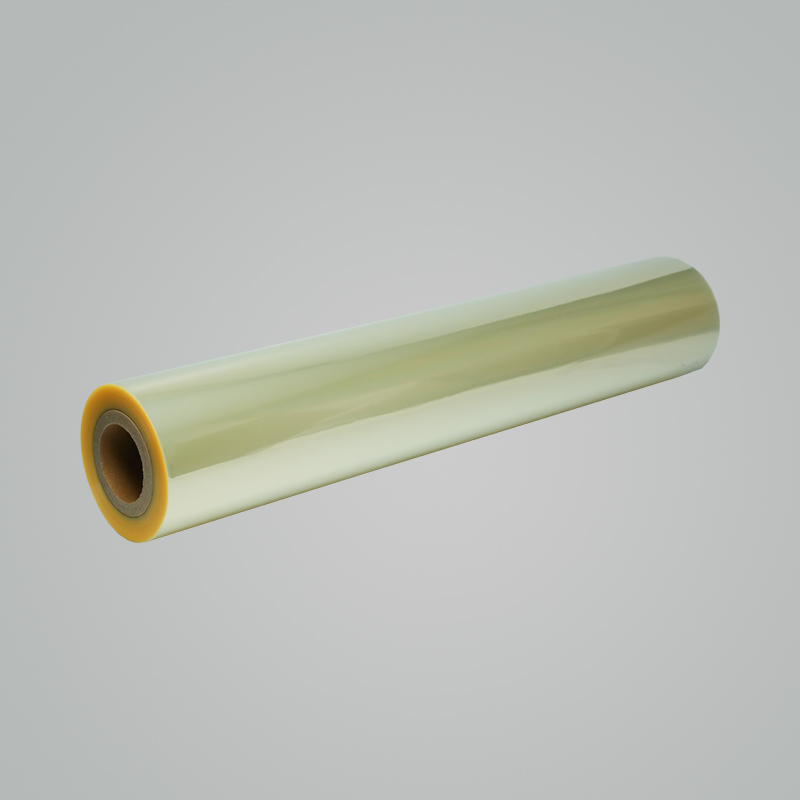Temperature compensation mechanisms in
PVC shrink film roll tension control systems are designed to account for the influence of temperature variations on the film's properties. These mechanisms help maintain consistent tension during unwinding, especially in environments where temperature fluctuations are common. Here are several types of temperature compensation mechanisms that can be integrated into tension control systems:
Sensor-Based Compensation:Temperature sensors are strategically placed along the film path to continuously monitor the temperature of the PVC shrink film. The sensor data is then used to dynamically adjust the tension control settings in real-time.As temperature changes are detected, the tension control system can automatically compensate by making adjustments to unwind speed or braking force, ensuring that tension remains within the desired range.
Feedback-Controlled Heating ElementsSome tension control systems incorporate feedback-controlled heating elements in proximity to the film path. These elements can be activated or adjusted based on temperature sensor readings to influence the film's characteristics.By maintaining a controlled and consistent temperature in the film path, these heating elements mitigate the impact of temperature variations on the film's mechanical properties and, consequently, on tension control.
Heat Chambers or Enclosures:Tension control systems may include heat chambers or enclosures surrounding the film roll or the film path. These enclosures provide a controlled environment, helping to stabilize the temperature of the film during unwinding.By minimizing exposure to external temperature changes, heat chambers or enclosures contribute to more predictable film behavior and enhance the ability of the tension control system to maintain optimal tension.
Thermal Inertia Compensation:Tension control systems may incorporate algorithms that consider the thermal inertia of the PVC shrink film. The system predicts how the film's tension-related properties might change based on temperature variations, allowing for proactive adjustments.By anticipating the impact of temperature changes, the system can pre-emptively adjust tension settings to compensate for any expected deviations.
Cooling Mechanisms:In situations where elevated temperatures are a concern, tension control systems may integrate cooling mechanisms. These mechanisms can include fans, air conditioning, or other cooling devices.By actively cooling the film or the environment around it, these mechanisms help prevent the film from becoming excessively soft or exhibiting undesirable changes in tension-related characteristics due to high temperatures.
Calibration Profiles for Temperature Ranges:Tension control systems may be equipped with multiple calibration profiles, each optimized for a specific temperature range. Operators can select the appropriate profile based on the prevailing environmental conditions.Switching between calibration profiles allows the tension control system to adapt its settings to different temperature scenarios, maintaining accurate tension control across a range of operating conditions.
Insulated Roll Cores:The roll cores around which the PVC shrink film is wound can be designed with insulation materials. This helps to stabilize the temperature of the film as it unwinds.Insulated roll cores reduce the influence of external temperature changes on the film, contributing to more consistent tension control.
